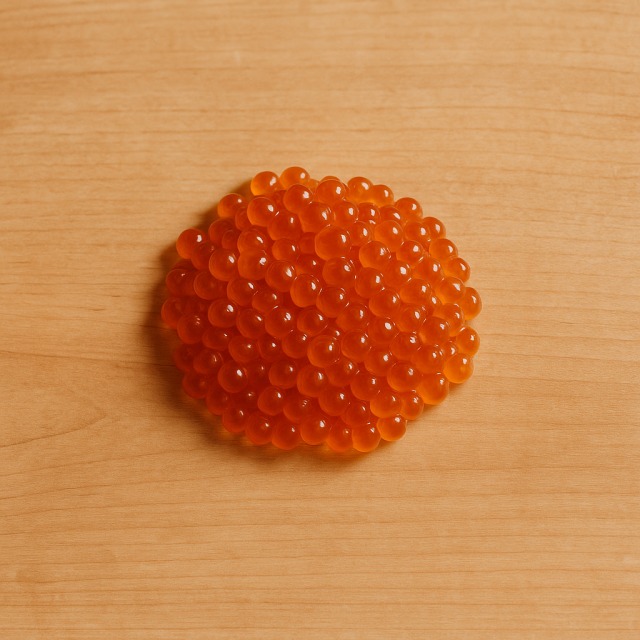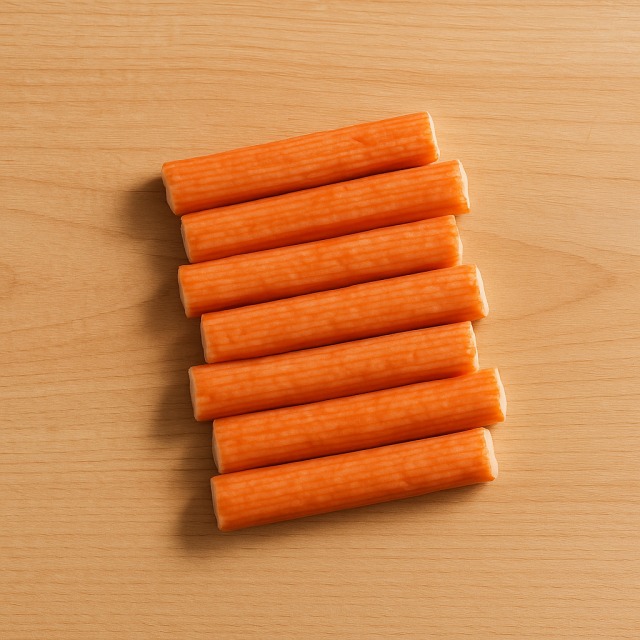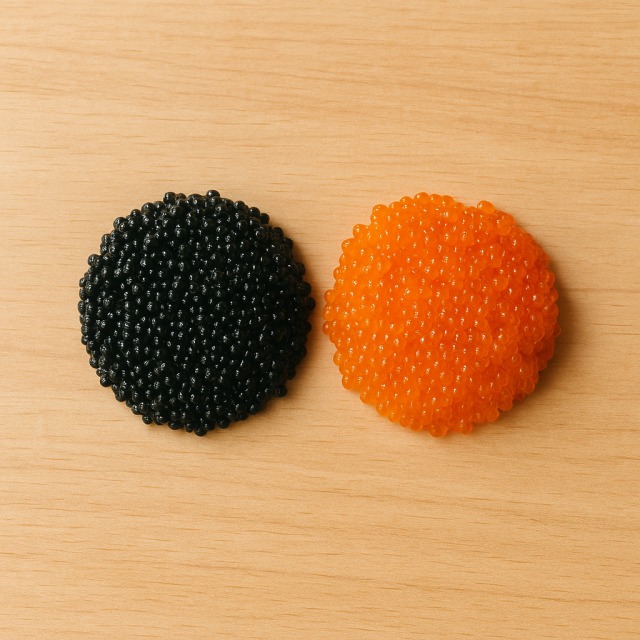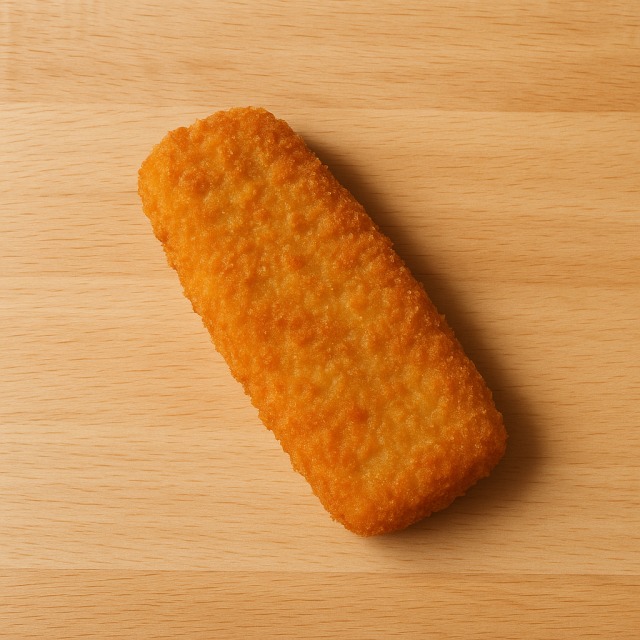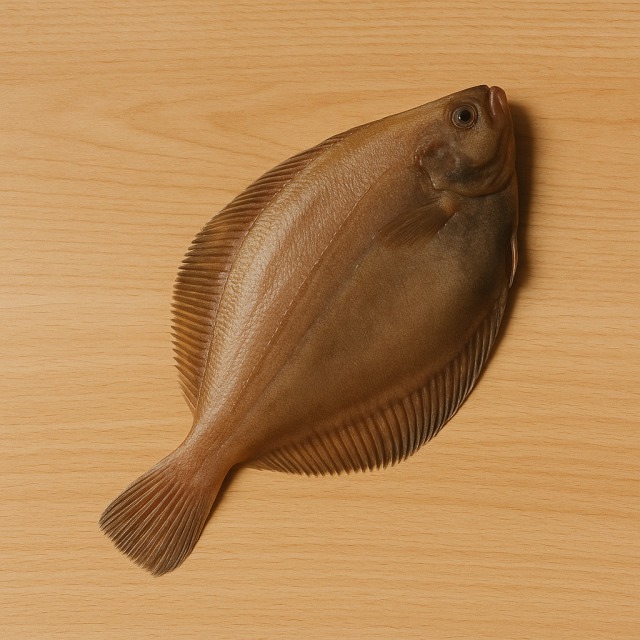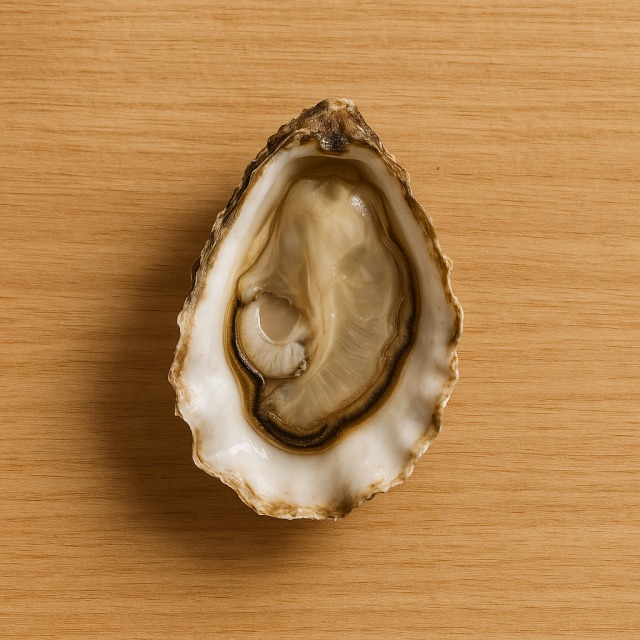Calorie Chart / Fish / Fish soup
How Many Calories Are in Fish soup?
Calculation of the nutritional value & Recommended Dietary Intake of fish soup
For ml and a calorie requirement of kcal
| Calories 263 kcal | Proteins 15 g | Lipids 13 g | Carbohydrates 23 g |
| 13% | 20% | 19% | 8% |
Health benefits of fish soup
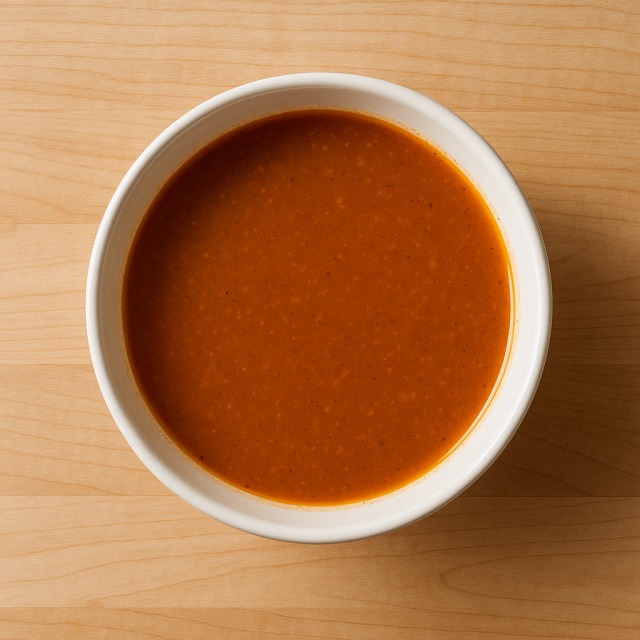
Fish soup - 100ml
Calories 105 kcal
Proteins 6 g
Lipids 5 g
Carbohydrates 9 g
Fish soup belongs to the moderate-calorie category: with neither the extremely low calories of a clear vegetable soup nor the high calories of a creamy chowder, it offers a satisfying middle ground. Counting calories while still getting flavor is therefore possible.
The blend of various marine fishes supplies high-quality proteins and omega-3 fatty acids (EPA/DHA), nutrients often linked to cardiovascular health. Vitamins B12 and D, as well as minerals such as iodine and selenium, naturally enrich the broth. These micronutrients support thyroid function, immunity, and the maintenance of normal vision. Because the cooking liquid is consumed, water-soluble vitamins like B-group compounds are largely preserved—an advantage when you watch calories but still want micronutrient density.
Traditionally prepared around Mediterranean fishing ports—think Marseille's bouillabaisse—the recipe was a way to use unsold fish at the end of the market day. This rustic origin explains why fish soup can deliver plenty of flavor without piling on calories. Compared with meat stews, its calorie load is further moderated by the absence of saturated animal fat.
Finally, the warm, savory profile promotes satiety; a steaming bowl before the main course can help curb overall calorie intake throughout the meal.
Tips for incorporating fish soup into a balanced diet
To keep an eye on calories while enjoying fish soup, serve it as a starter followed by a light plate of grilled cod and steamed zucchini. This sequence keeps total calories reasonable yet raises the protein content for better recovery after training.
If you prefer a single-dish meal, add diced tomato, a handful of cooked brown rice, and a few seared scallop medallions directly to the soup. The grains introduce slow-release carbohydrates without sending calories skyrocketing, while the seafood boosts proteins.
Looking for extra depth? Stir in a small spoon of traditional rouille sauce; its garlic and saffron lift the taste, but monitor the portion because the sauce is richer in calories. Alternatively, replace cream with a swirl of 0% fromage blanc to keep calories in check.
A practical tip for athletes who must distribute calories evenly through the day: cook a large batch, freeze it in individual portions of 200 g (about 210 calories each), and reheat after workouts for a quick, micronutrient-rich refuel.
Frequently Asked Questions
- How many calories are in fish soup?
- There are 105 kcal per 100 g, making it a moderate source of calories.
- Is fish soup low in calories compared with cream soups?
- Yes, traditional fish soup contains far fewer calories than most cream-based bisques, often two to three times less.
- Does adding potatoes increase the calories of fish soup?
- Adding chunks of potato will raise the total calories, but the change is modest if portions stay reasonable.
- Can I reduce calories by using only lean fish?
- Absolutely; choosing lean species such as pollock or whiting trims calories while still delivering proteins.
- What other nutrients come with those calories?
- Alongside its calories, fish soup offers proteins, omega-3 fatty acids, vitamins B12 & D, iodine, and selenium.
- Is fish soup suitable for a calorie-controlled athlete's diet?
- Yes; at about 105 kcal per 100 g, it fits neatly into most calorie budgets and provides electrolytes lost during exercise.
Similar foods
Information provided by Calorie Menu may contain inaccuracies or errors. It cannot, under any circumstances, substitute medical advice or medication.
